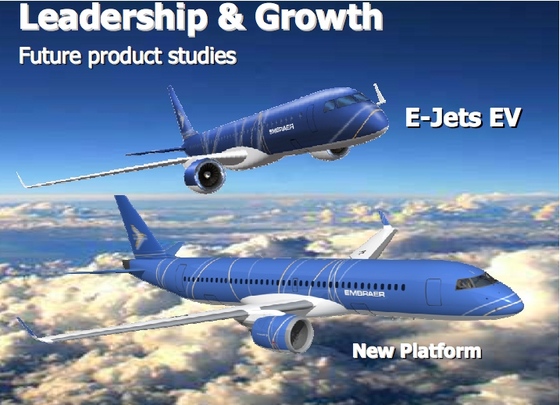 In this decade's great narrowbody race, Mitsubishi became the first runner to publicly stumble -- again.
In this decade's great narrowbody race, Mitsubishi became the first runner to publicly stumble -- again. The Japanese airframer warned us in February that first flight of the Mitsubishi Regional Jet (MRJ) would be delayed from the second quarter this year.
This morning, the MRJ programme announced first flight is indeed postponed 15-18 months to the fourth quarter of 2014, which is the third quarter of the Japanese fiscal year. First delivery to launch customer All Nippon Airlines is delayed at least 18-24 months to between October 2015 to March 2016.
 The delays slightly reshuffle the official order of appearance of the six major narrowbodies now in development. The Bombardier CSeries still comes first in 2013, although there are growing doubts about this timeframe. The re-engined Airbus A320neo is scheduled to enter service in 2015. Then comes either the MRJ or the Russian MS-21 starting from late 2015 to 2016, respectively. Embraer has said the next generation E-Jet should appear between 2016-2018. Boeing, finally, has pegged entry into service of the re-engined 737 Max in 2017.
The delays slightly reshuffle the official order of appearance of the six major narrowbodies now in development. The Bombardier CSeries still comes first in 2013, although there are growing doubts about this timeframe. The re-engined Airbus A320neo is scheduled to enter service in 2015. Then comes either the MRJ or the Russian MS-21 starting from late 2015 to 2016, respectively. Embraer has said the next generation E-Jet should appear between 2016-2018. Boeing, finally, has pegged entry into service of the re-engined 737 Max in 2017.Although the MRJ programme is only four years old, this is actually the second major delay announcement. The first postponement came at the Asian Aerospace airshow in Singapore in February 2010. Mitsubishi pushed back first flight by a year as it dumped the carbon fibre wings for simpler aluminium alloy and unveiled a stretched 90-seater.
We don't know exactly why another programme delay was necessary. Mitsubishi reassures the Pratt & Whitney PW1127G geared turbofan development is going smoohtly, with first flight of the engine on a testbed aircraft scheduled later this month. MRJ only says cryptically that the latest delay will allow the designers to "confirm respective fabrication processes" and "provide sufficient time for technical studies".










Recent Comments